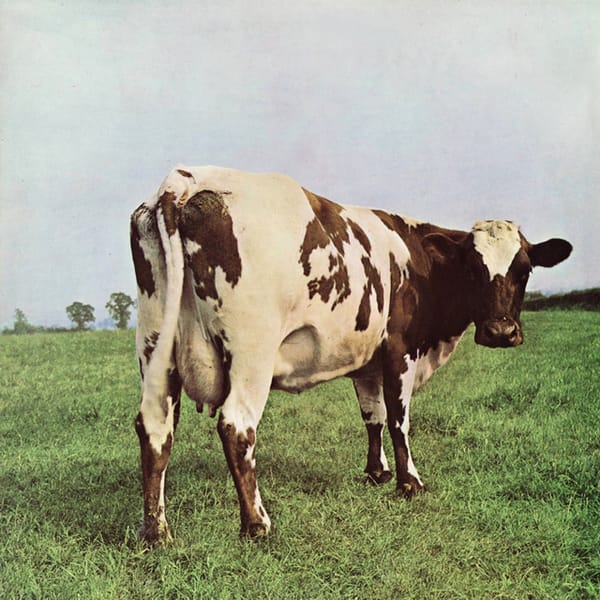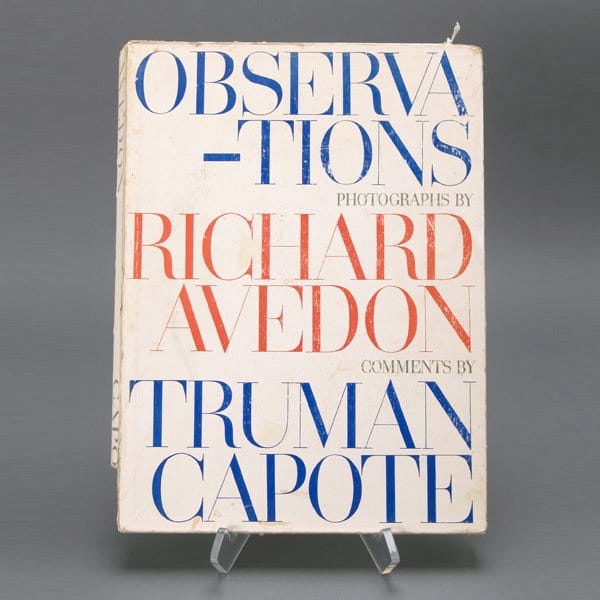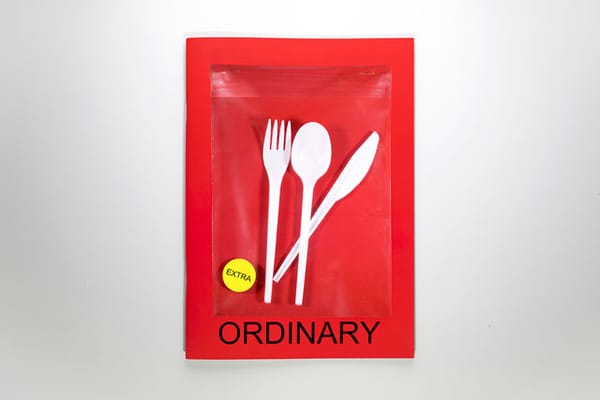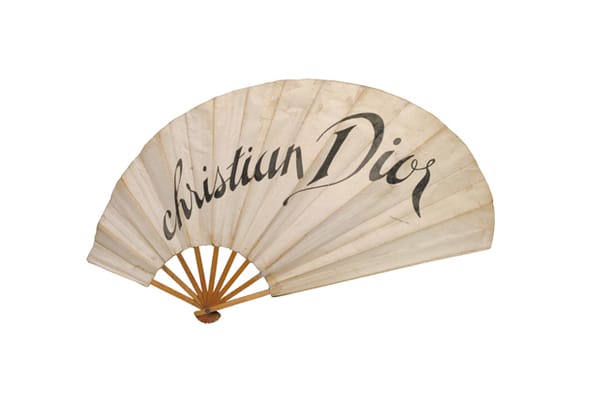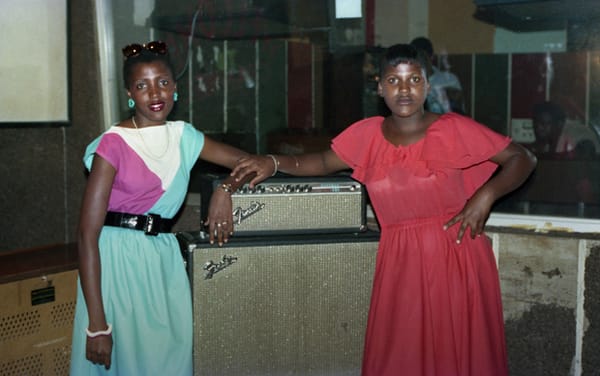This ornithologically obsessed artist creates incredibly detailed models from the unlikeliest of materials.
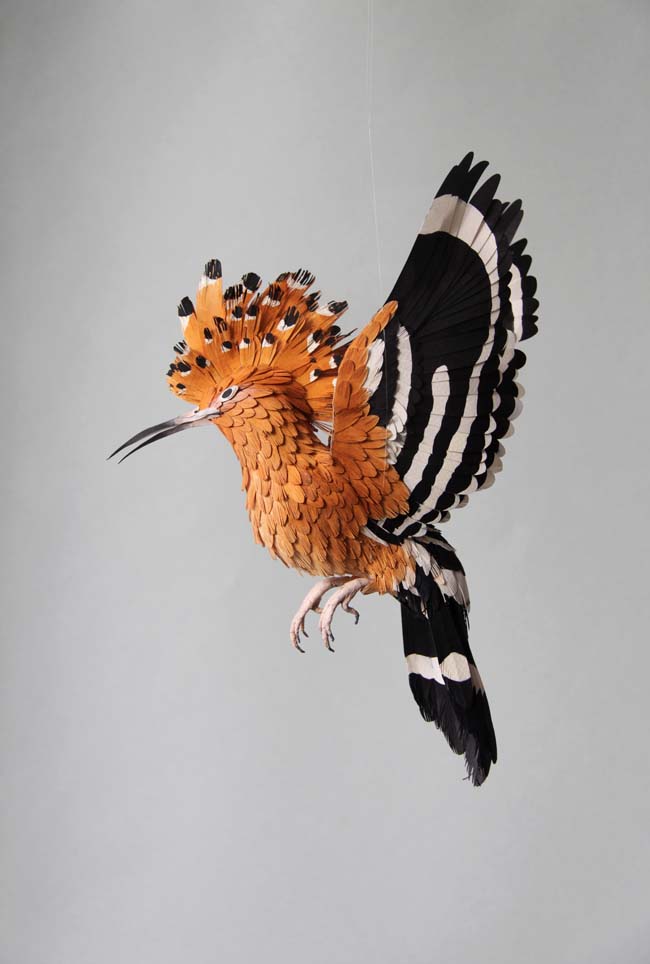
Where do you go for inspiration?
The internet, mostly. I also like to visit exhibitions in London and as well Bristol, which is the city I live in at the moment. Especially with reference to the work I do with birds, the best sources come from illustrated books from twenty or thirty years ago. They don't produce that sort of book any more, partly because the illustrations tend now to be replaced by photographic studies. The latter are fine for me but I find the the level of realism that was achieved in the drawings more interesting. I get most of my books in charity shops near where I live – it is surprising how some things don’t mean much for some people mean a lot to others.
How did your interest in using paper as a sculptural medium arise?
I’ve always been interested in paper as a medium, both for its economy and for the simple effort that it requires to completely transform it. It doesn't necessitate complicated tools or processes. It is so immediate as a medium, you don't need to wait hours for colour to dry and the gluing process is very fast. With time, I’ve discovered that paper can be shaped and configured in so many ways, and I like the challenge of transforming it into things that it is difficult to imagine the material imitating; it is now so familiar to me that I can automatically think of a form in terms of its paper construction.
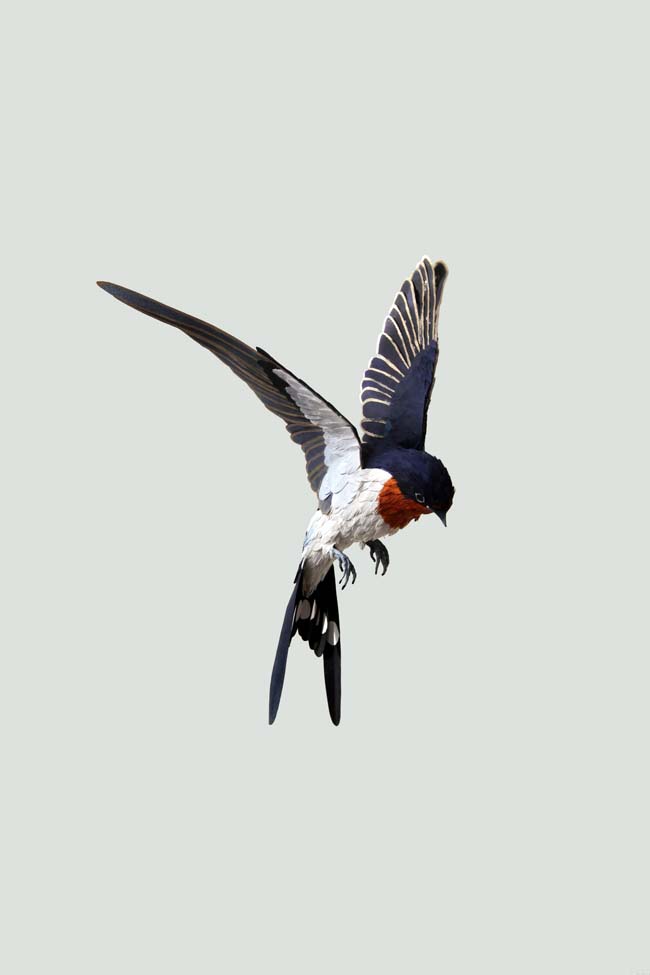
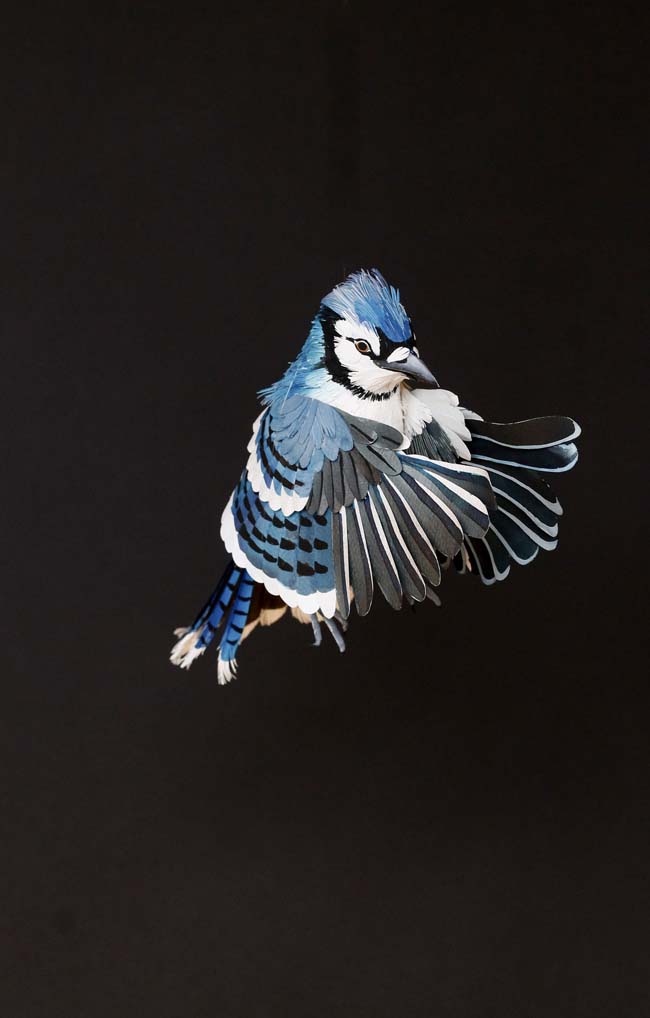
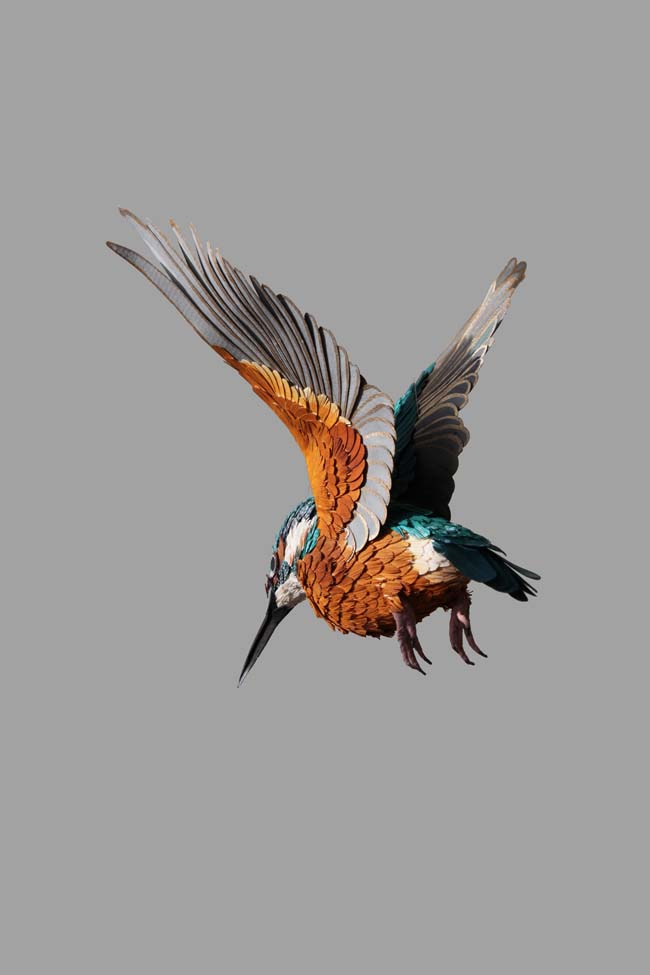
How long does a typical bird take to do?
It depends, they can take anything from a few days to a few weeks, varying with the complexity of the subject. I’ve begun adding increased levels of detail in my pieces in order to make them more life-like. Last month I started a new project in which I am creating some birds that will eventually be framed as if they are the images on exotic stamps. It was an invitation from the Colombian embassy in Indonesia to be used as part of an exhibition that they are organising. Understandably, with such an important commission, I’m allowing myself as much time as possible to get it right.
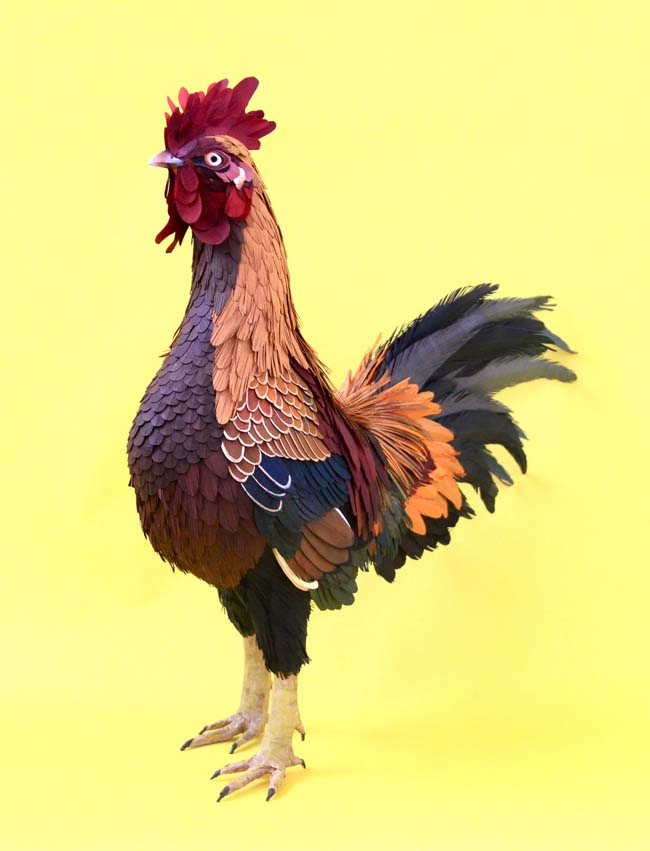
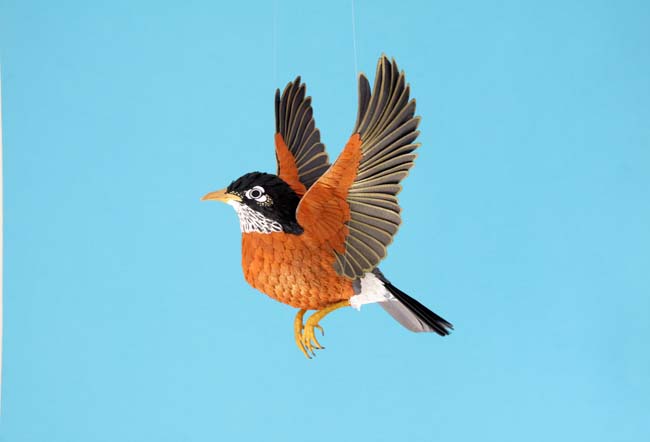
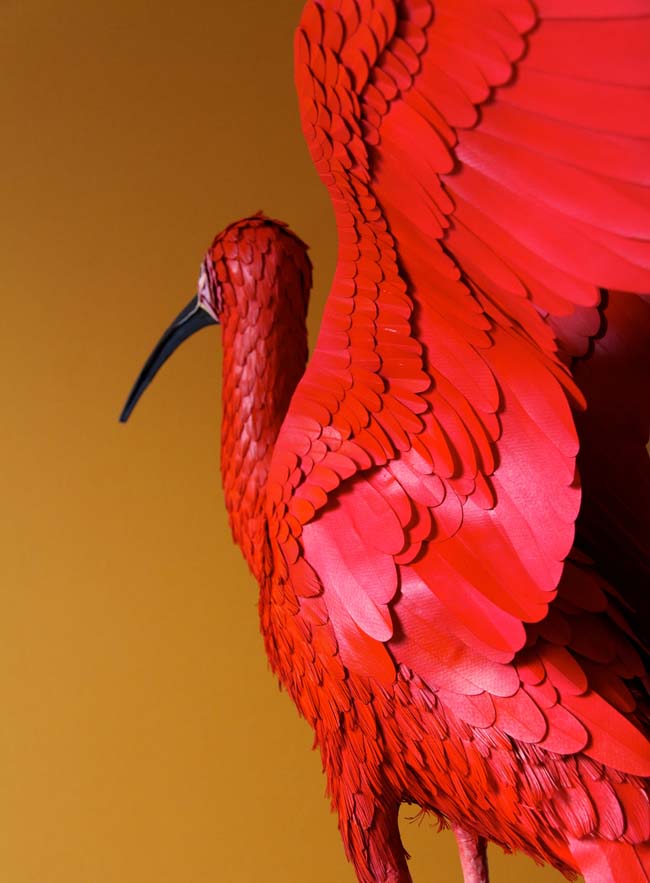
Tell us about a favourite recent project.
I am very excited about the stamp project. The challenge that stamps present is in thinking about how a place should be presented to others and how a landscape can be explored through the viewer’s imagination. We receive these small images, affixed to letters, which are telling the story of the place from which they have arrived and to which they belong. I have begun collecting bird stamps from all over the world, and it is fascinating to track the way these images vary depending on the different cultural backgrounds form which they’ve emerged.
What’s the biggest challenge of working in the way that you do?
I think it basically comes down to time. My work consumes so much of my time and it’s starting to accumulate. Now that I am doing an MA in Fine Art as well it is all a bit chaotic; there are so many projects to do that it’s difficult to concentrate fully on any one of them.
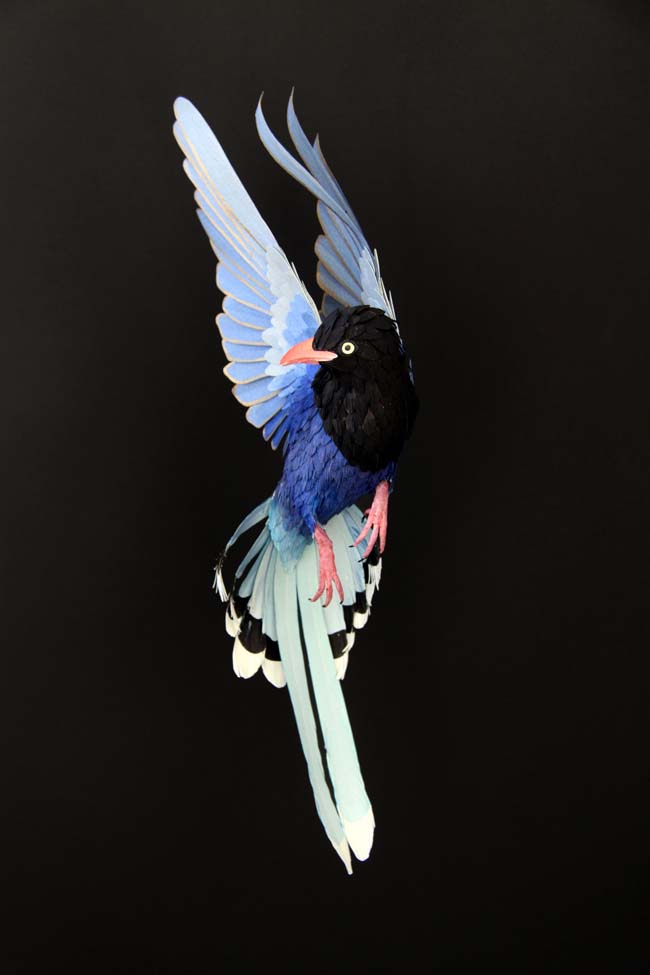
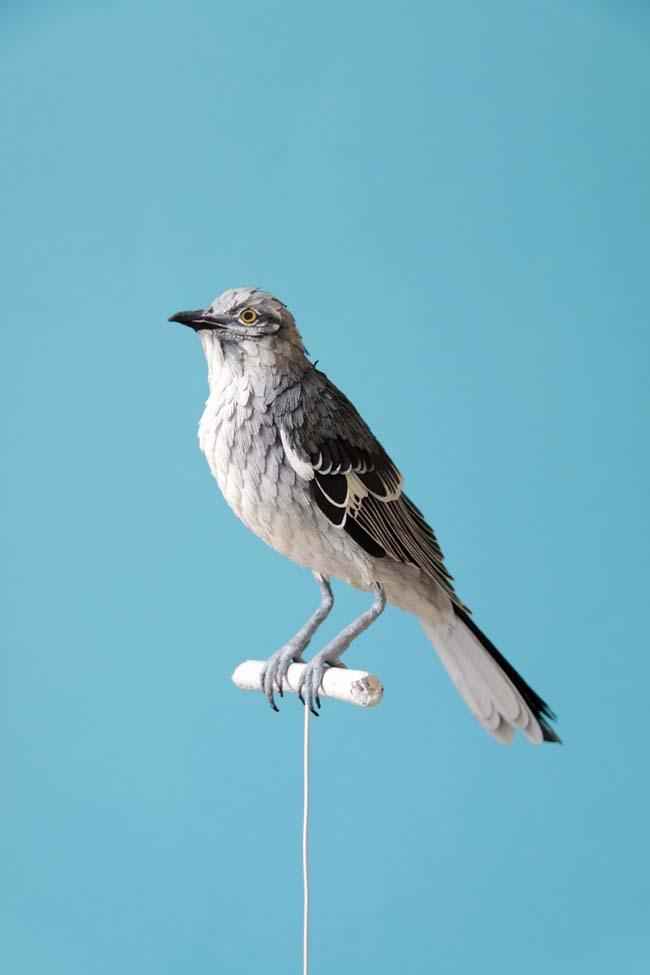
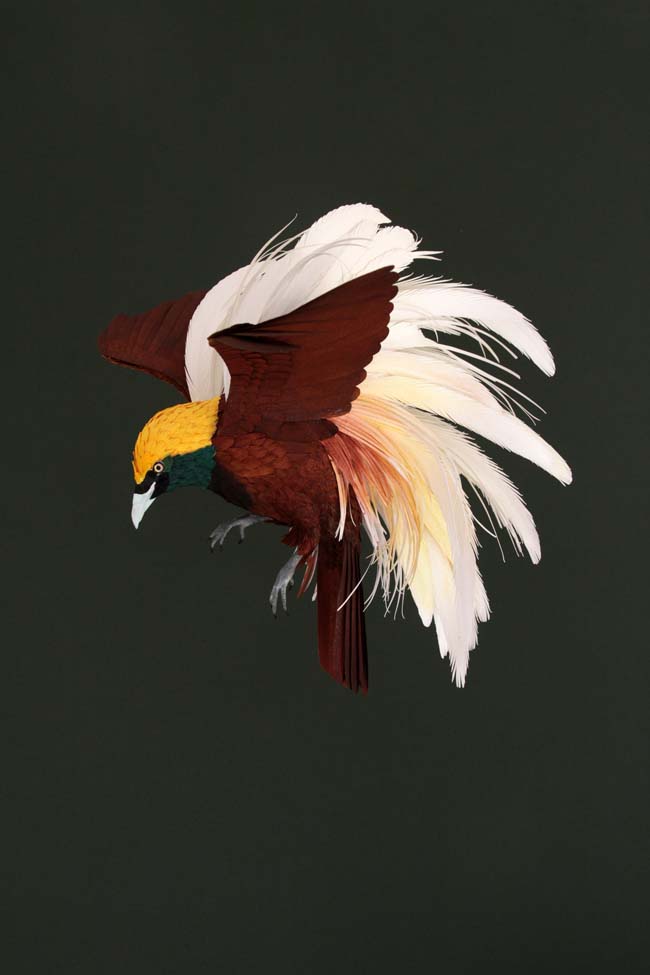
What’s been the biggest turning point in your career?
I think it was when I noticed that I had found a solid direction for my work and that I wanted to let it grow. It gave me great personal satisfaction because I was learning so much, both intellectually and in regards to my discipline. I discovered how to be fully engaged with my own practice. I decided that I wanted to teach myself things that I’d always wanted to learn about,things that weren’t preordained by others. I care a lot about the world I live in, about human experience, so anything that I can discover out there in nature is very valuable to me.
Where would you like to be in a year’s time?
I will be collecting my diploma and working every day in my studio to make my work better (hopefully by then I will also have a nice gallery in the UK show it in).
dianabeltranherrera.com


